People travel across the world to spend at least six to eight hours per day in the vehicle finding all kinds of species in the animal kingdom. We spend as much time as we can tracking them, admiring them and learning about their various behaviours and characteristics. However, these animals go beyond just beautiful things to look at. And I think it’s important to start valuing these creatures as important engineers to our environment.
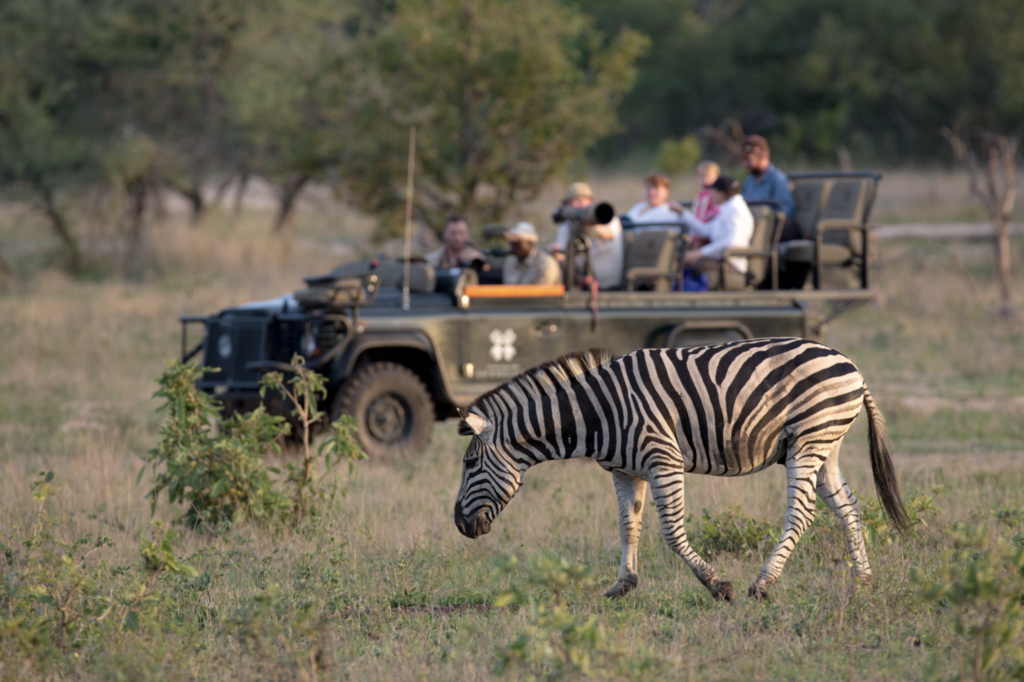
One thing we don’t realise is just how important each animal species is in the balance of their environment, with some even having a role extending far beyond their own ecosystem. In the current context of climate change, I think it’s important to dive into the differences that certain animals make and how they contribute to a cleaner and greener earth.
Take elephants, for example. Elephants across the continent fight climate change by contributing in unexpected ways to natural carbon capture.
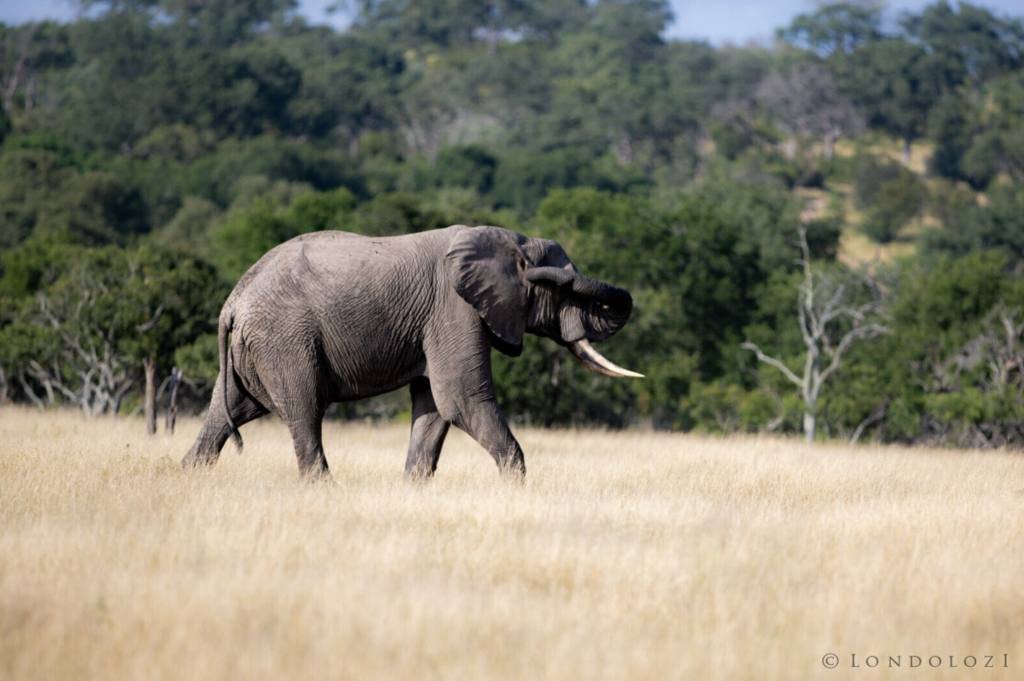
Global warming and carbon capture
The world is currently facing the substantial issue of global warming – a phenomenon caused by an increase in the concentration of carbon dioxide (CO2) in the atmosphere. CO2 is a natural gas that allows sunlight to reach the earth but also prevents some of the sun’s heat from escaping back into space. Humans are causing more CO2 to be released into the atmosphere and as a result, the atmosphere traps heat and makes the planet hotter.
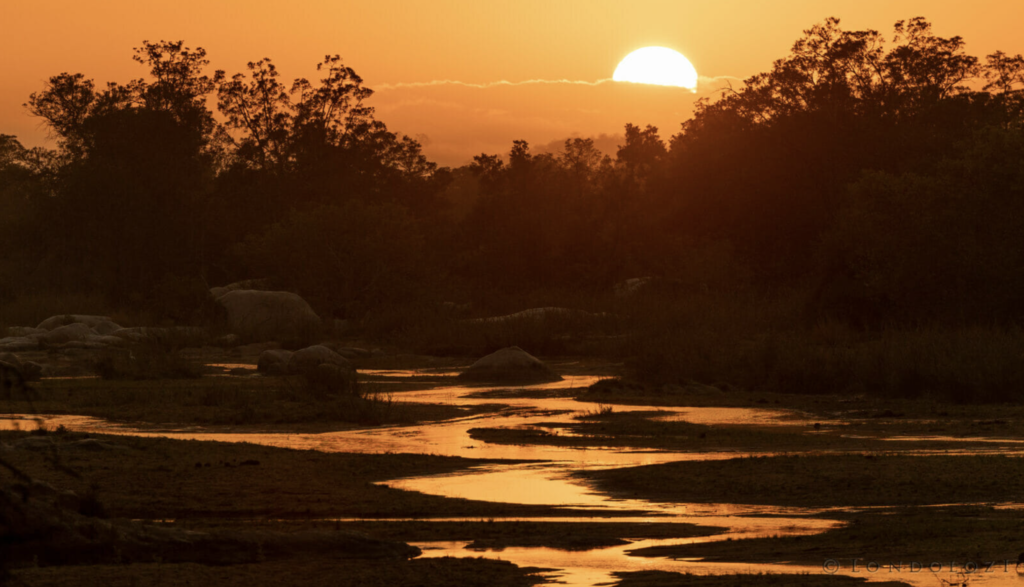
To balance out CO2 in the atmosphere, the planet has natural sinks that can capture carbon and remove it from the air.
Carbon sink:
Anything, natural or otherwise, that accumulates and stores some carbon-containing chemical compound for an indefinite period, thereby removing carbon dioxide from the atmosphere. Globally, the two most important carbon sinks are vegetation and the ocean.

The natural landscape can sequester carbon by capturing CO2 from the atmosphere and transforming it into biomass through photosynthesis. In addition to this, all living things are made of carbon and thus also serve as carbon sinks throughout their lifespans.
Carbon Capture:
The process of capturing and storing carbon dioxide (CO2) before it is released into the atmosphere.
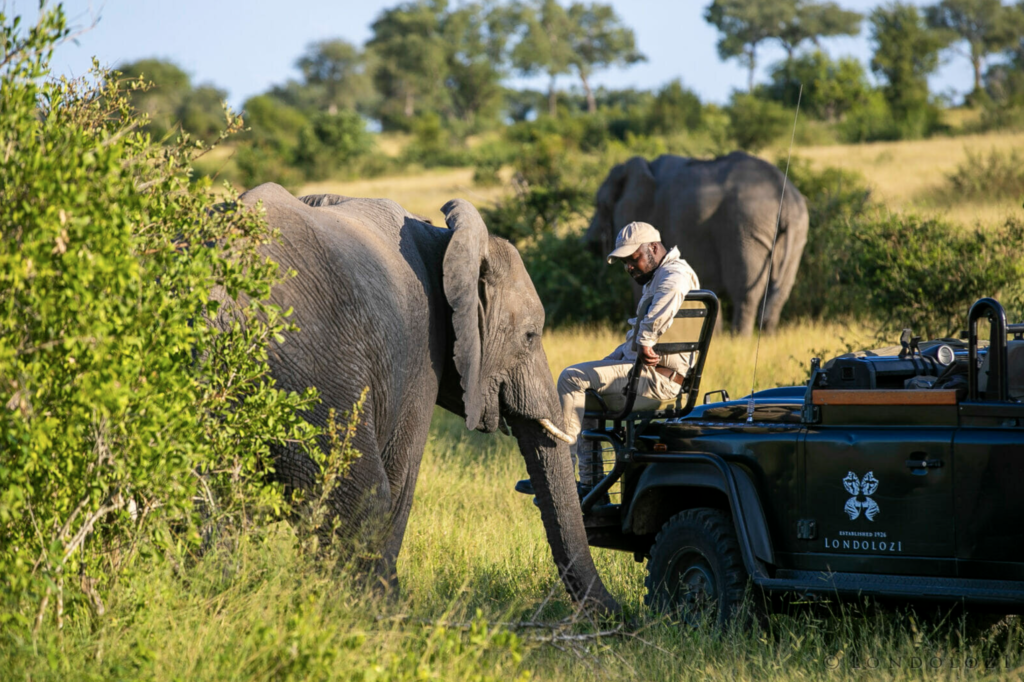
Elephants as Environmental Engineers: How they Capture Carbon
As elephants make their way through the landscape in search of food, they thin out young trees that are competing for space, water, and light — by consuming some and stepping on others. Elephants must eat about 5% of their body mass every day to sustain themselves, and so naturally they have large appetites. This means that they dramatically reduce the density of vegetation wherever they go. The trees that are left behind uneaten and unbroken, however, have a massive advantage over other trees in the bush. They have much better access to light and water thanks to the elephants thinning out surrounding vegetation, meaning that they grow taller and larger than other trees. Therefore, wherever elephants wander, they stimulate the growth of larger trees.

These trees — which biologists call late-succession trees — store more carbon in their biomass (roots, trunks, branches, and leaves) than the trees that would have grown in their place. All trees capture carbon in their tissue — the equivalent of about 25kg a year. But because of the greater height and overall size of late-succession trees, there is more tree biomass capturing more carbon in these trees than in those that would have grown in their place without the presence of elephants.
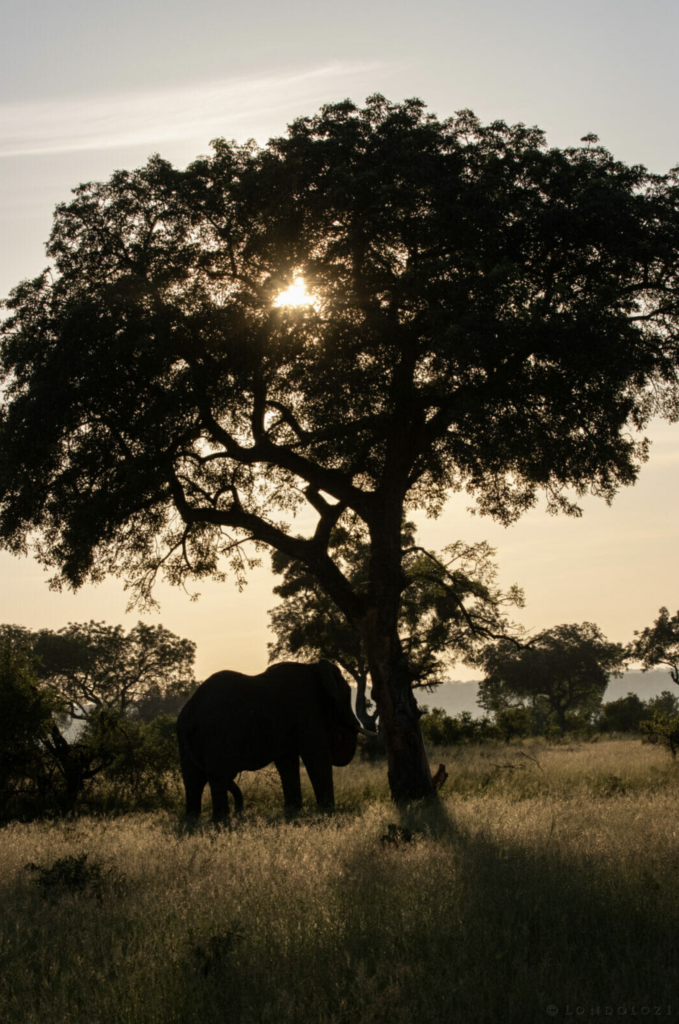
So elephants actually increase the amount of carbon stored in the Lowveld by tilting the biological balance in favour of certain tree species. By doing this, elephants can be granted the commendable title of Environmental Engineers.
The valuable work of elephants
A July 2019 study by ecologist Fabio Berzaghi predicts that if forest elephants disappeared, African forests would lose 7% of their biomass — a mind-blowing 3 billion-ton loss of carbon. Although this statistic is based on research on forest elephants in central Africa, the increase in carbon storage caused by savannah elephant activity is also huge — as well as valuable. In the current context of climate change, we need to start valuing these creatures as more than simply pretty animals and start seeing them as valuable assets in restoring balance in our ecosystems.
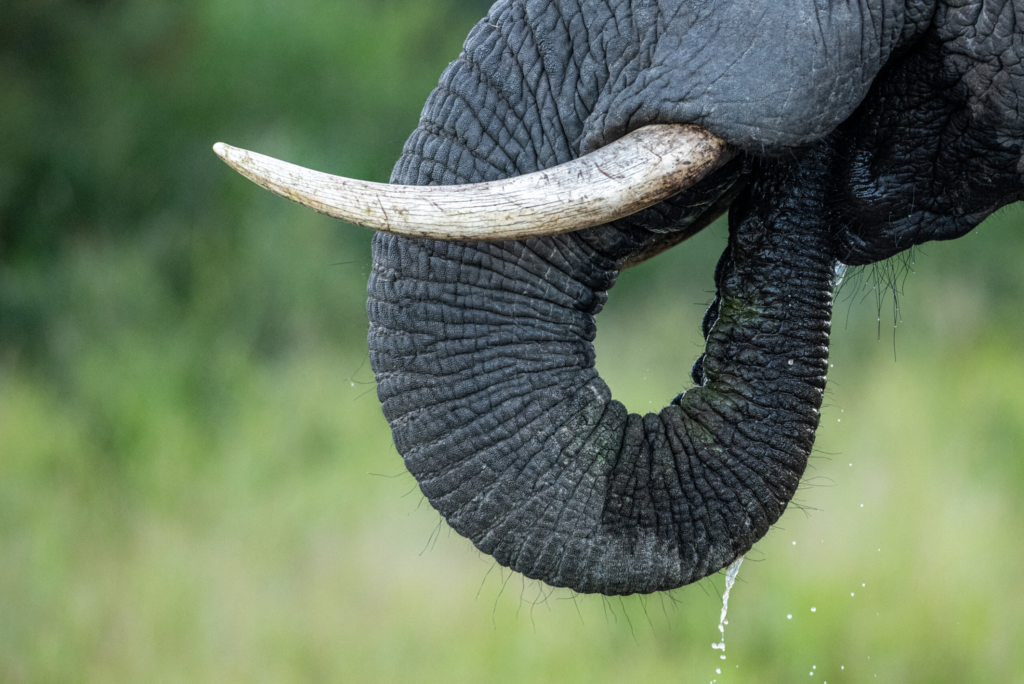
Join our global tribe:
As a Londolozi Ripple Fund supporter you join a global tribe of people who hold the belief that the restoration of the planet can only come out of a profound shift in human consciousness.
We have established a Londolozi Ripple Fund Impact site where you can follow regular updates of projects and donations as they unfold.
For more information or if you would like to make a donation and start your own ripple effect, please reach out to us on ripple@londolozi.co.za






